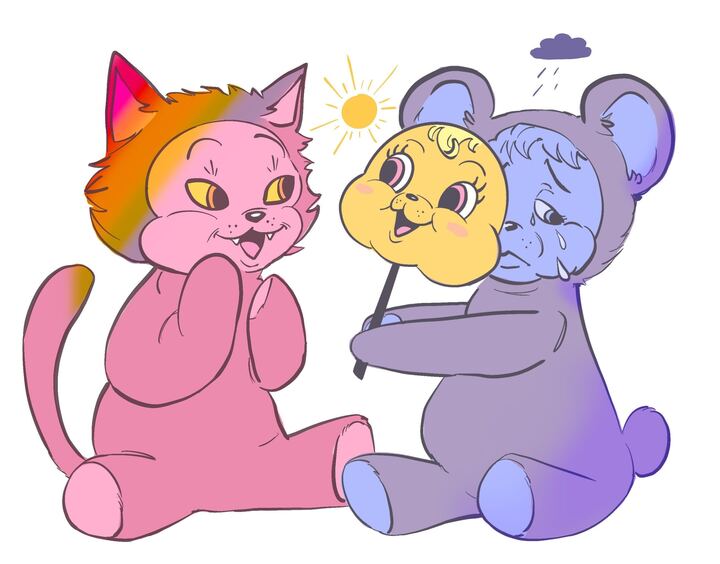Cultural differences begin where you draw boundaries around the place you call “home.”
The differences are subtle right outside these boundaries. Over time, cultures tend to blend and adopt each other’s rituals when they are influenced by proximity. Even languages from different, but close knit regions, start sounding vaguely familiar as you travel the globe.
Anything that reminds you of something you’ve known all your life is probably soothing when you enter a totally new environment. The calming sense of familiarity beats the ear of an alien surrounding.
This need to be around familiarity is what gives rise to cultural differences in society.
Be it a new country or even a new town, people tend to look for those who share their customs. Groups formed on a cultural basis widen the gap between the native culture and a culture that has migrated there.
But humans are social animals. They interact. They connect. Sometimes, they even learn a thing or two of value they implement and then pass on to their
next generation.
Everything you do on a daily basis will be done differently in a different place. Your days may start at the same time and even end at the same time—if you’re in the same time zone—but everything in between is different.
You may be aware of all of the world’s famous cuisines, but unless you’ve eaten one at the hub of that cuisine with a local, you won’t know the actual worth of that particular dish.
Taste buds never cease to amaze. They may occasionally get damaged in your adventures with extreme new foods, but they’ll eventually function again. So don’t hesitate to try new foods and if possible, make an effort to learn a little more about the cuisine itself, rather than just finding the easiest way to replicate it in your kitchen when your midnight cravings kick in.
Language can be a barrier as well as a barrier breaker, if used correctly.
RELATED: Students give a glimpse of their study abroad experiences in new photo exhibition
Most schools around the world encourage the learning of different languages. Even if learning a new language seems as useless as everything else you learn at school, make an effort. You never know when and where you may catch a wanderlust bug, and knowing some foreign languages will probably steer you from having a communication error to becoming a communication expert.
Even if you don’t catch a wanderlust bug, some one infected with one may land at your doorstep.
All communities and societies have their own distinct rituals and festivals. Sometimes there are very strong beliefs behind these two and sometimes it’s simply history paving a path for a ritual to be carried forward.
Either way, the stories that lead to these varied festivals and associated rituals are always very interesting and sometimes may even influence people strongly enough for them to consider adopting these beliefs and making them part of their own culture.
Some festivals I find particularly interesting are the Oktoberfest from Germany. It has already found its way into many other countries, including its own rendition here in Tucson. When there’s so much beer to go around, it’s automatically a festival of great importance.
The Cascamorras festival from Spain may not be as well known as the Tomatina festival. The major difference between the two is that tomatoes get exchanged for grease, though both these festivals are worth the intensive cleaning process one must undergo later.
Then there’s my personal favorite—Holi from India; it pretty much looks the like the scene from Coldplay’s “Hymn for the Weekend” where Chris Martin is smeared with colors by kids in the street.
Get out into the world and explore the cultures around you. You won’t know what you’re missing until you go find out for yourself.
Explore the differences in the world’s cultures and you’ll relearn the joys of life all over again.
Follow Megha Raghunathan on Twitter.









